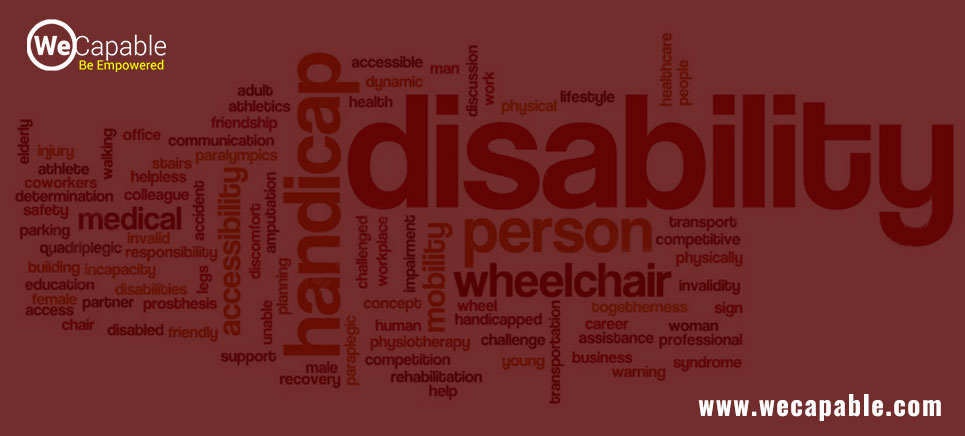Children with Special Needs (CWSN) are those who have some type of disability and require exceptional care and extra help. The special needs of these children depend on the nature of their disability. The Special Needs of CWSN may include frequent medical testing, hospital stays, equipment, and accommodations for disabilities. Various conditions and disabilities of CWSN can be classified into four major categories:
- Physical
- Sensory
- Developmental
- Behavioral or Emotional
CWSN Category 1: Physical
Physical disabilities include conditions like Muscular Dystrophy, Epilepsy, Cerebral Palsy, Locomotor Disability among others. In these conditions, CWSN primarily have issues with movement and balance. In Cerebral Palsy, muscle coordination is impaired due to damage to the brain. It occurs at or before child birth. Cerebral Palsy is not a progressive condition; meaning it does not get worse with time. However, muscle disuse could increase the extent of disability over the period of time. In Muscular Dystrophy (MD) is a group of neuromuscular genetic disorders that cause muscle weakness and overall loss of muscle mass. MD is a progressive condition; meaning that it gets worse with the passage of time.
CWSN Category 2: Sensory
Sensory disabilities include deafness, hard of hearing, low vision and blindness. These conditions hamper one or more sensory abilities of children. Although hearing and vision related disabilities are more common, other senses (smell, touch, taste, spatial awareness) may also be affected in cases. Genetics may play a role as a cause but injury and infection are the most common causes.
CWSN Category 3: Developmental
Common Developmental Disabilities include Autism Spectrum Disorder, Down Syndrome and Fragile X Syndrome. Autism Spectrum Disorder (ASD) is a neurological and developmental disorder which affects communication and behavior. Autism can be diagnosed at any age. But still it is called a ‘developmental disorder’ because symptoms generally appear in the first two years of life. Down Syndrome, also known as Down’s Syndrome, is a genetic condition in which a baby is born with an extra full or partial copy of the chromosome 21. The condition, hence, is also called Trisomy 21. The extra copy of chromosome-21 creates various problems and may affect a person’s physical as well as mental condition.
CWSN Category 4: Behavioral or Emotional
Children with behavioral or emotional disabilities may find it difficult to build or maintain interpersonal relationships, or to learn new things. They may also feel depressed or anxious. ADHD and ADD are common types of behavioral disabilities.
Use the citation below to add this article to your bibliography
"Children with Special Needs (CWSN): Definition and Categories." Wecapable.com. Web. May 29, 2025. <https://wecapable.com/cwsn-categories-of-children-with-special-needs/>
Wecapable.com, "Children with Special Needs (CWSN): Definition and Categories." Accessed May 29, 2025. https://wecapable.com/cwsn-categories-of-children-with-special-needs/
"Children with Special Needs (CWSN): Definition and Categories." (n.d.). Wecapable.com. Retrieved May 29, 2025 from https://wecapable.com/cwsn-categories-of-children-with-special-needs/


Even after I registered with Cnwsn, I did not receive the training ID via email. How do I know my training ID?
Actually we were given training long back. I mean during the Dussehra holidays. Are you talking about that training only?
Material is Very Useful.
Information given in this is Very Clear, Simple & effective.
Sign Language Software is
Simply Superb..
God Bless U with good Health & Wealth for preparing such a nice Software which is very useful in Teaching and Learning CWSN… Braille Transcription n all….👍🙌🙏👍